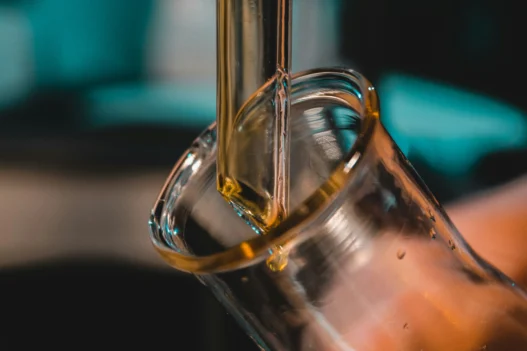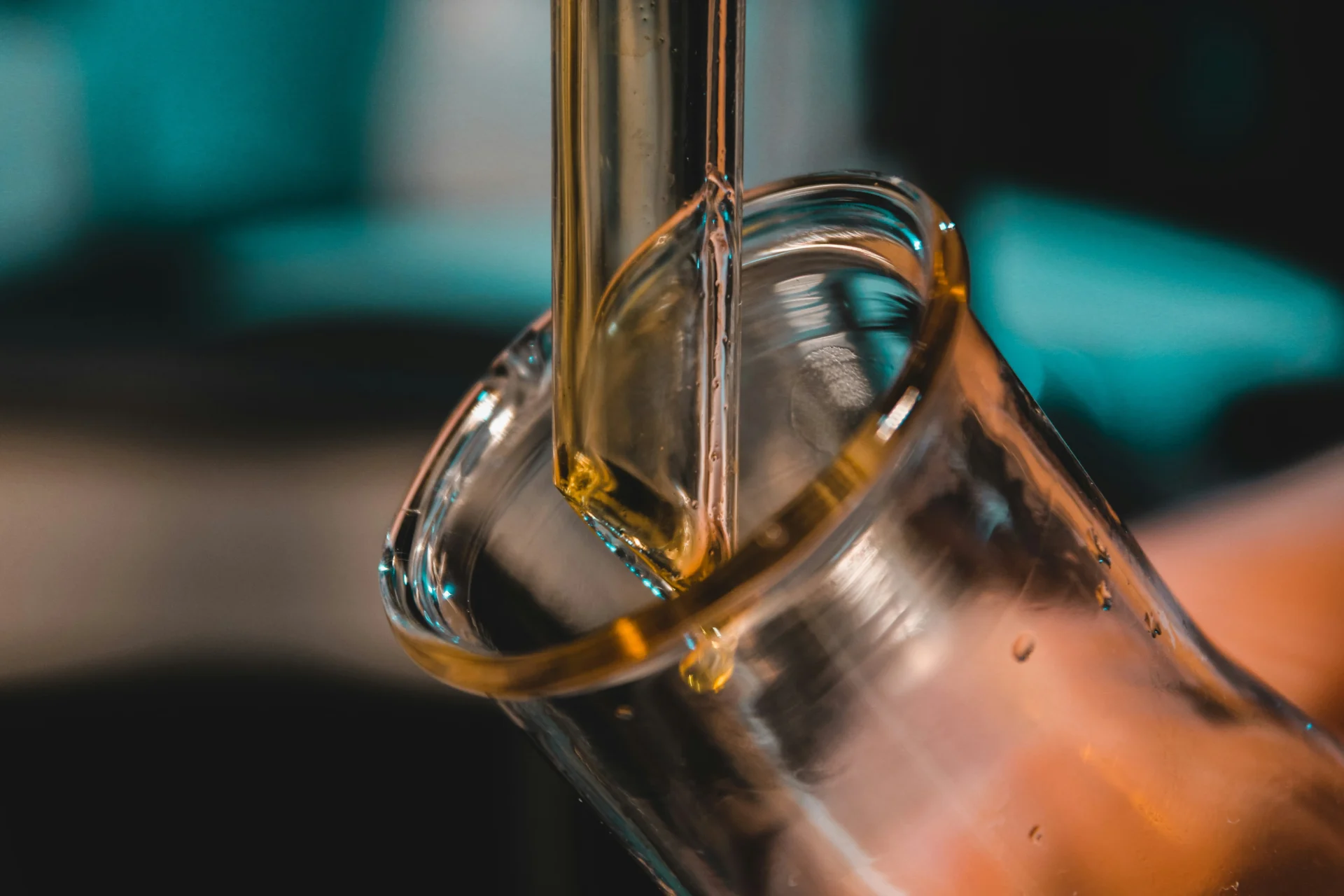The medication Pyrantel plays a significant role in everyday life by serving as an effective treatment for parasitic infections such as pinworms and roundworms. This pharmaceutical agent is widely used in both human and veterinary medicine, helping to alleviate the discomfort and health risks associated with these common parasitic infestations. Thus, Pyrantel remains an essential tool in the maintenance of public health and the well-being of individuals and animals alike.
Table of Contents:
- 💡 Commercial Applications
- ⚗️ Chemical & Physical Properties
- 🏭 Production & Procurement
- ⚠️ Safety Considerations
- 🔬 Potential Research Directions
- 🧪 Related Compounds
💡 Commercial Applications
Pyrantel is widely used in commercial and industrial applications as an anthelmintic agent for treating parasitic infections in livestock such as horses, sheep, pigs, and cattle. It is specifically effective against roundworms and hookworms, making it a valuable tool in veterinary medicine.
In the pharmaceutical industry, Pyrantel is commonly used as an active ingredient in over-the-counter and prescription medications designed to treat parasitic infections in humans. Its effectiveness against a wide range of parasites, along with its low toxicity profile, makes it a popular choice for helminthic infections.
Pyrantel is also utilized in the development of veterinary medications to treat parasitic infections in companion animals such as dogs and cats. These products are formulated to provide safe and effective treatment options for pet owners seeking to protect their animals from internal parasites like roundworms and hookworms.
⚗️ Chemical & Physical Properties
Pyrantel is a white to off-white crystalline powder with a slight characteristic odor. It appears as a solid substance at room temperature.
The molar mass of Pyrantel is approximately 219.33 g/mol, and its density is about 1.16 g/cm³. Compared to common food items like sugar (molar mass around 342.3 g/mol) and water (density of 1 g/cm³), Pyrantel has a lower molar mass and a slightly higher density.
The melting point of Pyrantel is around 232-234°C, while the boiling point is approximately 136-140°C at 0.1 mmHg. Compared to common food items like butter (melting point around 32-35°C) and water (boiling point at 100°C), Pyrantel has significantly higher melting and boiling points.
Pyrantel is sparingly soluble in water and has low viscosity. Compared to common food items like salt (high solubility in water) and honey (high viscosity), Pyrantel has lower solubility in water and lower viscosity.
🏭 Production & Procurement
Pyrantel is produced through a chemical synthesis process involving the reaction of pyrimidine and piperazine. This reaction yields the active ingredient pyrantel, which has anthelmintic properties useful in deworming medications.
Pyrantel can be procured from pharmaceutical companies, veterinary suppliers, and online retailers. It is available in various formulations such as tablets, suspensions, and pastes for ease of administration to both humans and animals. The transportation of Pyrantel typically involves standard shipping methods to ensure its safe delivery to various markets worldwide.
⚠️ Safety Considerations
Safety considerations for Pyrantel are essential to ensure the proper handling of this medication. It is important to wear appropriate personal protective equipment when working with Pyrantel, such as gloves and safety goggles, to prevent skin and eye contact. Additionally, Pyrantel should be stored in a well-ventilated area away from heat sources and incompatible materials to avoid potential chemical reactions that may produce hazardous fumes.
Hazard statements for Pyrantel indicate its potential risks when not handled properly. Pyrantel may be harmful if swallowed, inhaled, or comes into contact with skin, leading to irritation or allergic reactions. It is also associated with acute toxicity if large amounts are ingested, and long-term exposure may cause adverse effects on the liver or kidneys. Therefore, precautions should be taken to prevent direct exposure to Pyrantel and to minimize any potential risks.
Precautionary statements for Pyrantel emphasize the importance of handling this medication with care. It is recommended to wash hands thoroughly after handling Pyrantel to prevent accidental ingestion and contact with sensitive areas such as the eyes or mouth. In case of exposure, it is advised to seek medical attention immediately and provide the necessary information about the product. Additionally, Pyrantel should be kept out of reach of children and pets to avoid accidental ingestion or misuse.
🔬 Potential Research Directions
One potential research direction for Pyrantel is exploring its efficacy in treating infections caused by other parasitic organisms beyond the typical roundworms for which it is currently indicated.
Researchers may also investigate the mechanism of action of Pyrantel to better understand how it disrupts the nervous system of parasites, leading to their paralysis and expulsion from the host.
Furthermore, investigating potential synergistic effects of combining Pyrantel with other anthelmintic drugs could offer new treatment strategies for difficult-to-treat parasite infections.
🧪 Related Compounds
One similar compound to Pyrantel based upon molecular structure is Morantel. Morantel is structurally related to Pyrantel and is an anthelmintic agent used in veterinary medicine to treat parasitic infections in animals. Both Pyrantel and Morantel belong to the Tetrahydropyrimidine class of compounds, sharing similar mechanisms of action to paralyze and expel parasitic worms from the gastrointestinal tract.
Another compound with a molecular structure similar to Pyrantel is Oxantel. Oxantel is also a Tetrahydropyrimidine derivative and is commonly used in combination with Pyrantel for enhanced efficacy in the treatment of parasitic infections. Like Pyrantel, Oxantel acts by paralyzing the muscles of parasitic worms, leading to their expulsion from the host organism. The structural similarities between Pyrantel and Oxantel contribute to their shared pharmacological properties as anthelmintic agents.







